1971 Lotus Europa Twin Cam for sale
- Mechanically rebuilt throughout
- Spydercars chassis
- New GAZ springs and shock absorbers
- Rebuilt engine
- Requires some final fettling
- Estimated at £13,000 to £17,000
ABOUT THIS CAR
“OH MY GOODNESS! This has put the fun back into motoring. From the moment I slid into the reclining driving seat of the Lotus Europa I thought ‘This is going to be a riot.’”.
‘Europa to Sicily’, Motor Sport Magazine, July 1969.
3645 miles and fourteen days later, correspondent Dennis Jenkinson was still of the same opinion… and bear in mind that was for the Renault engined S2 version. In fact so glowing was Jenks’ praise that Lotus hijacked the complete article and handed out copies as a showroom sales aid!
John Frayling’s sleek, low (and we mean GT 40 low) Europa was as slippery as an eel and clung to the road like a limpet. Result? Junior supercar performance from the just eighty-two chevaux provided by its all-aluminium Renault 16 TS sourced engine. Breadvan looks were apparently OK on a hand crafted aluminium bodied Ferrari GTO but not to everyone’s taste when offered in fiberglass by Lotus, though it has to be said that time has been kind to its high rise back end and stepped-on front. Apparently originally conceived as a replacement for that bargain basement sportster the 7 (mmm, good luck with that Lotus, just ask Porsche and Caterham for a few tips when it comes to ousting a legend), personally we could never see the link; the Europa had a roof and even doors for goodness sake plus in a light drizzle it didn’t take on water like a Varsity boat race eight in choppy conditions. It did also look as though it had actually been ‘styled’… Having said that, they did both punch well above their (feather) weights and were pitched at the enthusiast prepared to make a few compromises in the pursuit of performance. By the time the S2 arrived in 1968 Lotus had perhaps realised it was not going to elbow the 7 out of the range so the Europa was allowed to creep slightly upmarket, though basically making the side windows openable was unlikely to have caused all that many sleepless nights at Rolls Royce. More significant was bolting rather than bonding the body to the chassis which made replacement a viable option should the driver’s talent desert him mid-corner and the car get pranged. Today it means restoration is actually a viable option as is some sensible upgrading, more of which later.
Come 1971 the Europa was treated to a mild restyle and the superb Lotus Twin Cam engine previously found in the Elan, Cortina and 7 (not to mention 23B sports racer and a few single seaters). The resultant 105bhp was a considerable hike over the S2’s and promoted the car to another performance league with zero to sixty miles per hour now dispatched in around seven seconds and the far side of 115mph easily attainable; as Motor Sport magazine said of the twin cam powered Europa at the time, “More power means more fun”!
Little is known about the history of this early Europa Twin Cam other than the fact that it was built for the UK market, rolling off the Hethel production line in November 1971, despite its V5C stating it was first registered in 1973. It is understood to have spent some time in Germany before being returned to the UK in May 1979 when a Flight Lieutenant S. Bainbridge, stationed at RAF Brize Norton, had the Lotus inspected by Thames Valley Police to the satisfaction of his Local Vehicle Licencing Office (that was how things were done back then) and it was consequently registered with DVLA in June 1979. Given a ‘T’ Registration Number, the Flight Lieutenant was doubtless delighted to have an apparently ‘new’ Europa though today, with the DVLA’s more sympathetic stance regarding classic cars, an age appropriate registration number should be readily attainable if so desired. With no MOT records held on file it is hard to know what use the Europa was put to but we do know the last private owner acquired the car in 1982, nigh on forty years ago. It is thought that after using the Lotus for some time, he took it off the road and restored it to its current state and specification though unfortunately no records of this were kept. We understand the engine was professionally rebuilt but a falling out between owner and engine builder means unfortunately no record of the work exists.
What is readily apparent when inspecting the Europa is not only the significant amount of money that has been spent on it (by the looks of it relatively recently) but also how the few sensible upgrades incorporated will further enhanced the driving experience without diluting the character of this classic Lotus. At its heart is one of Spydercars beautifully engineered replacement ‘spaceframe’ chassis; dimensionally identical to the Lotus’ original, it sports a number of significant improvements being stronger and more rigid as well as having dramatically better corrosion protection from its stove enamel finish and the elimination of the debris traps found on the factory versions. Vital components are more easily accessed and you no longer have to take the suspension off to remove the engine and gearbox. The chassis are built to accept a range of gearboxes and engines plus Spydercars well respected twin wishbone rear suspension set up, though the original Lotus configuration can still be utilised.
Taking a virtual walk around the underside of the car via our photo gallery (mind you don’t virtually bang your head), new and refurbished parts are evident at every turn from trunnions, bushes, nuts, bolts, washers, brake pipes, Aeroquip hoses, springs and GAZ shock absorbers (adjustable for resistance and ride height), wishbones and suspension links through to brake callipers and a Double S stainless steel exhaust with tubular manifold. The chassis looks to be virtually new with no obvious chips to the Spydercars factory red stove enamel finish and it is doubtful if it has ever seen rain. In the engine bay the rebuilt Twin Cam engine sports a correct red crackle finish cam cover and it is fed by twin Dell’Orto carburettors drawing air through a performance filter and fuel from twin aluminium fuel tanks via a Facet fuel pump and adjustable fuel pressure regulator. A dual spring throttle linkage is fitted along with an aluminium swirl pot/header tank for the cooling system.
Up top, the bodywork has for the most part escaped the bane of many Lotus and indeed fiberglass cars in general, namely that of crazing in the sub-paint surface or gel coat for the technically minded. While straight and ripple free, the body has one or two area of shrinkage and the burgundy paintwork (thought to be of Ford origin and to our eyes complimentary to the Europa’s shape) has a good shine though it does now have just one or two battle scars in the form of chips and scratches as can be seen in the photo gallery. Crazing appears to be limited to the highly stressed area around the driver’s door handle.
What there is of the Lotus’ chrome-work is a bit variable with some pitting on the bumpers, rear lights and fuel fillers (please see the photo gallery) though the more noticeable items such as door handles and window frames are in better shape. A new bullet door mirror, still with a protective covering on its glass, has been fitted.
The attractive ‘Brand Lotus’ alloy wheels synonymous with Twin Cam Europas are in really nice order with no evidence of kerbing or cracking and they are shod with a complete set of Firestone Cavallino Sport tyres with a generous amount of tread remaining though no spare wheel is present.
The interior looks to be mostly original and in pretty good condition throughout with the cream carpets just needing a little re-sticking in the passenger foot well and the black basket-weave seats and door trims free from any rips or tears. The dashboard seems to be a custom walnut item and it carries a full set of correct Smiths instruments including a recently fitted “Classic” tachometer. There are some 16,443 miles showing on the odometer but we can’t testify to this figure’s accuracy. A nice period alloy and perforated leather rimmed steering wheel is complimented by a Lotus logoed wooden gear knob. A very discrete rear roll hoop that extends back into the engine bay has been fitted along with a four point harness for the driver and Sparco aluminium pedal pads, all of which give a ‘fast road’ feel to the interior though it obviously remains fully trimmed and suitably civilised. There is little to be found under the front ‘bonnet’ though a modern fuse box seems a more than sensible modification.
For such a low slung machine, with a roof to boot, the Europa is not too demanding to get into thanks in part to its low sills and generous door apertures. Once snugly shuffled down into the laid back driver’s seat, one can’t but come over all Le Mans ’66 and the flip-switch fuel pump activation and push button starter only add to the effect (though it is doubtful if a GT40 or P3 ever needed a key to get things going). Once fired up, oil pressure at a cold idle is spot on ‘factory’ 45psi though slightly lumpy closed and part throttle running would indicate a bit of fine tuning work would be beneficial – or perhaps a damn good thrash up the road! The gear change, often approached with trepidation in a mid-engined car, is something of a revelation being short of throw and super-positive in its action; it scores particularly well over its 5 speed successor in our view, though this example does seem amongst the best we have encountered, perhaps demonstrating the benefits of having new components in a well set up linkage.
For us, this Europa represents a very good and useable example of the model requiring just a little final finishing (badges, heater hoses etc.) and quite possibly currently (and we stress, currently) the cheapest way into classic Lotus motoring (certainly with Twin Cam power). Tidy up the paint and a few other odds and sods or rag it around just as it is, either way we agree with Jenks – this is going to be a riot.
Registration number: WUD 175T
Chassis Number: 7111221166P
Engine Number: V26744
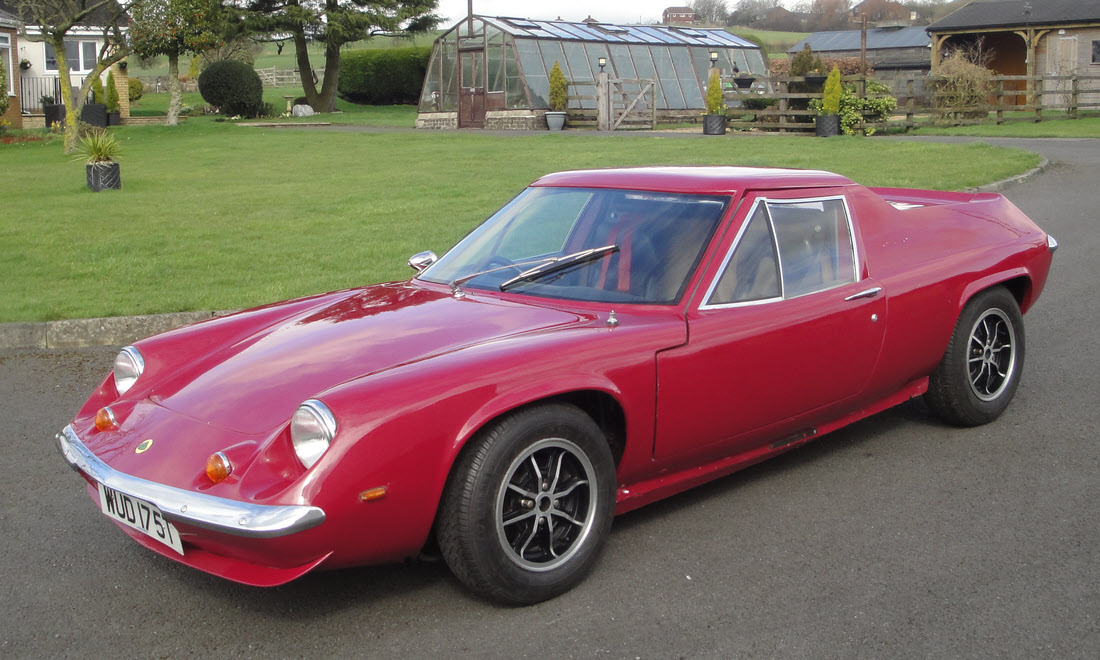
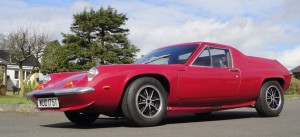
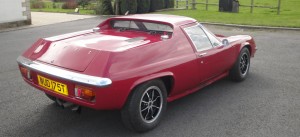
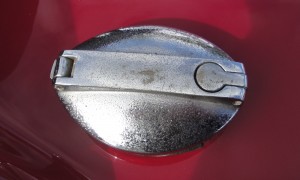
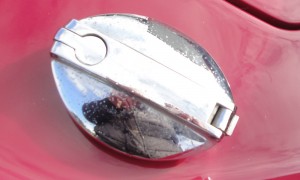
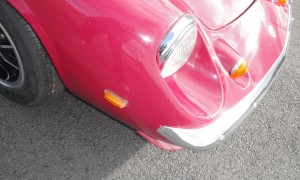
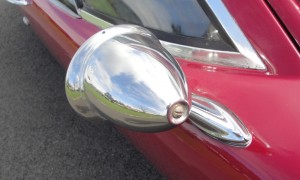
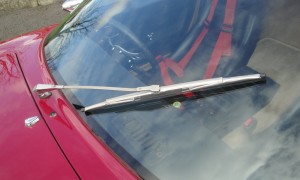
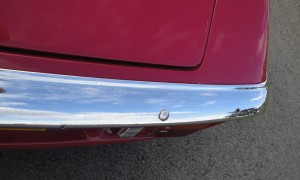
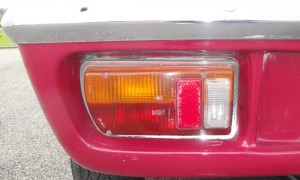
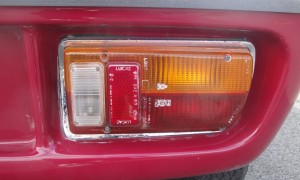
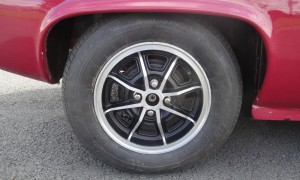
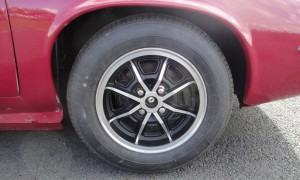
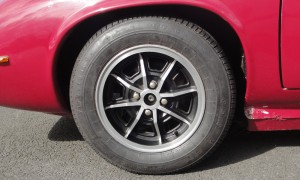
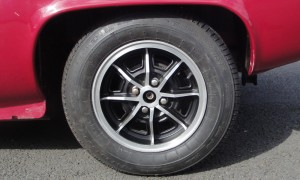
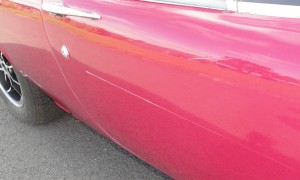
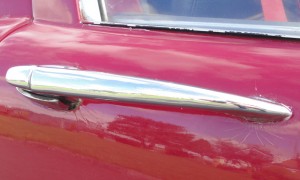
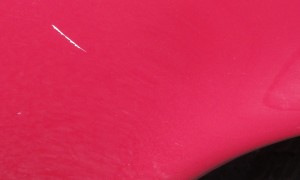
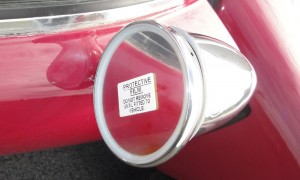
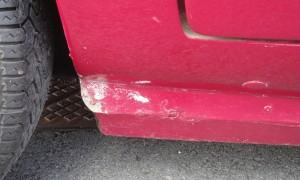

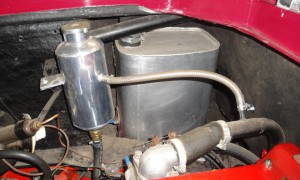
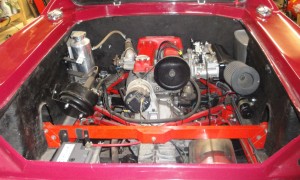
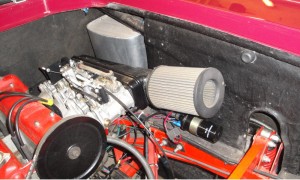
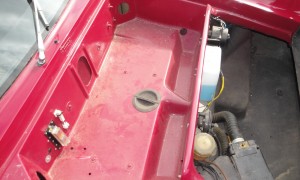
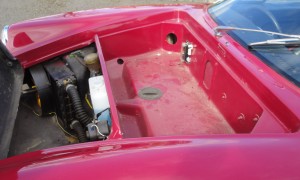
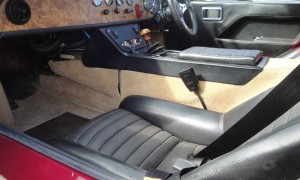
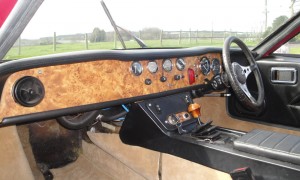
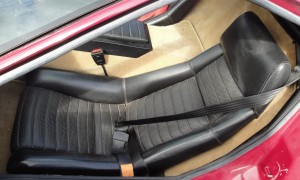
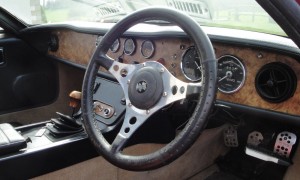
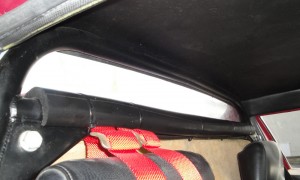
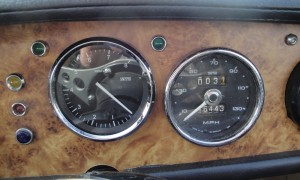
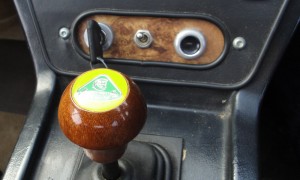
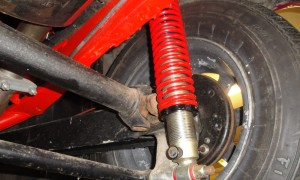
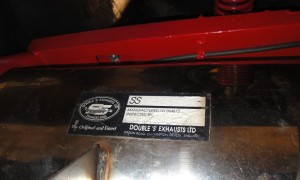
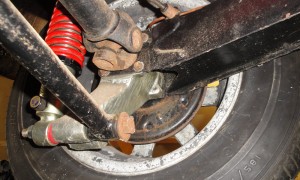
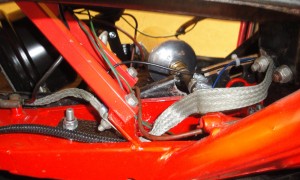
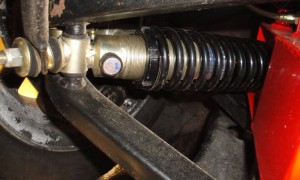
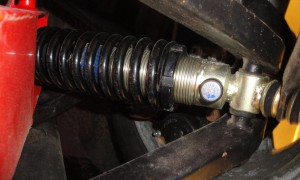
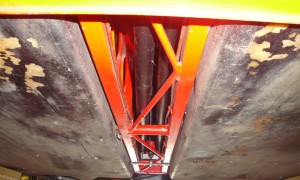
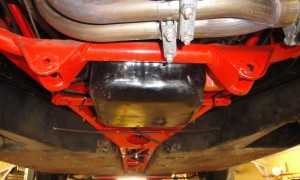
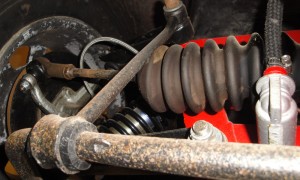
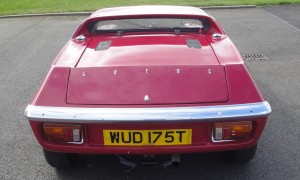
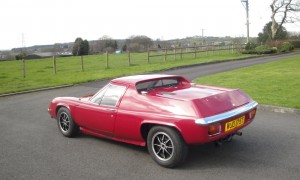
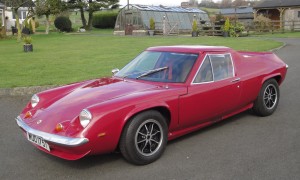
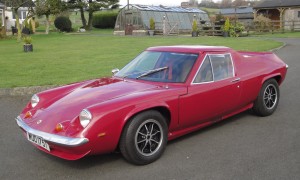
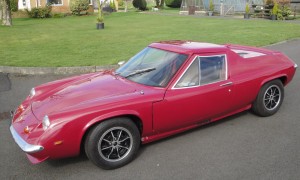
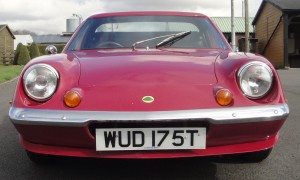
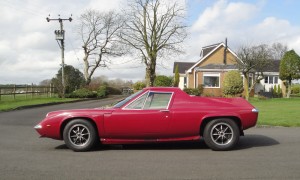
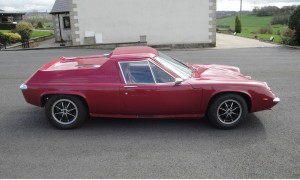
Leave A Comment